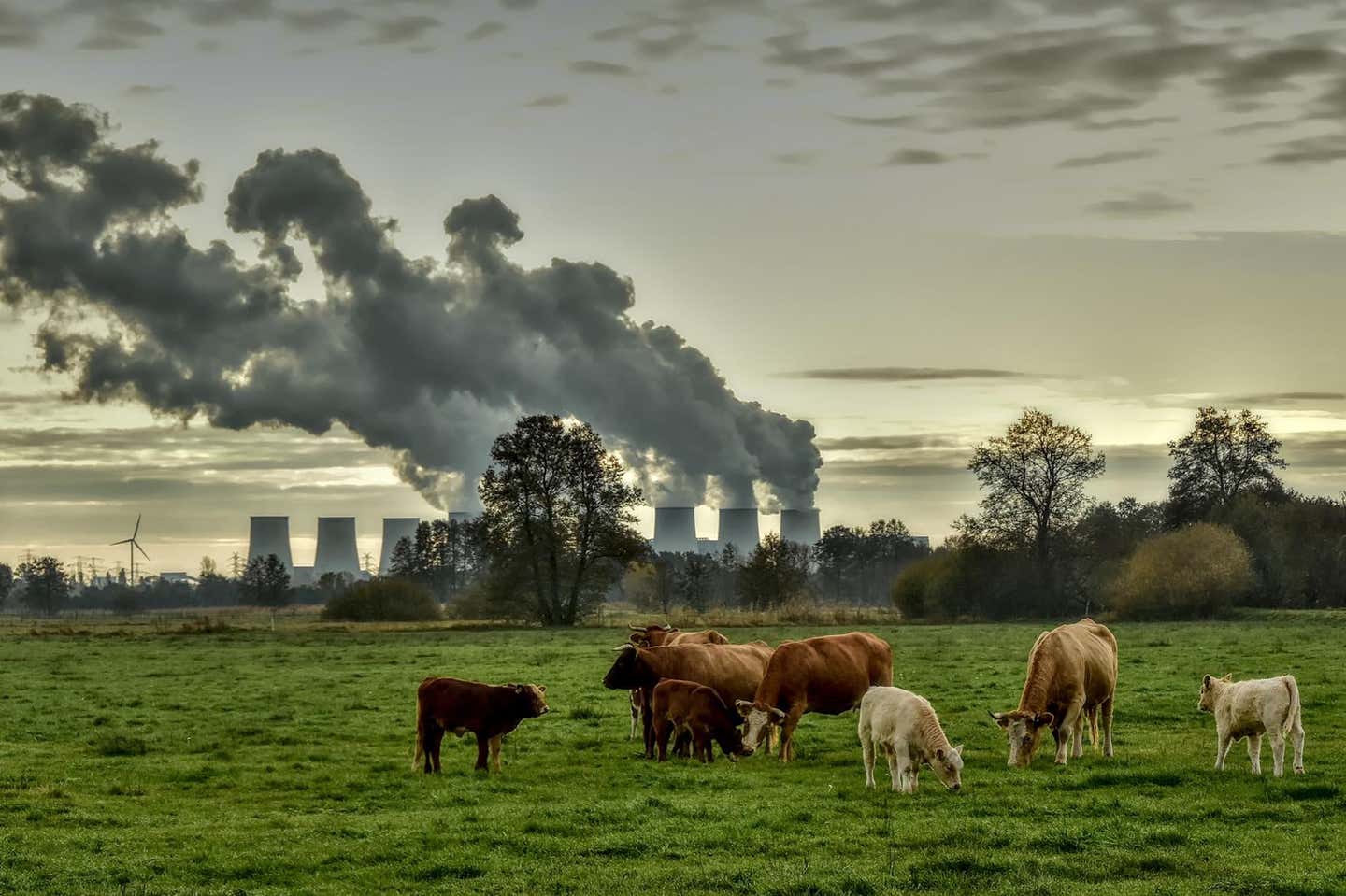Scientists discover a natural solution to global air pollution
The groundbreaking natural solution could be storing an astounding 36% of the world’s yearly air pollution beneath our feet.

[Aug. 21, 2023: Staff Writer, The Brighter Side of News]
A certain fungi could be storing an astounding 36% of the world’s yearly air pollution beneath our feet. (CREDIT: Creative Commons)
In a groundbreaking study by England’s Sheffield University, it has been revealed that certain fungi could be storing an astounding 36% of the world’s yearly air pollution beneath our feet.
These findings have significant implications for the global battle against climate change and have propelled fungi into the spotlight as an overlooked, but potentially vital, solution.
The Deep-Rooted Diplomacy of Mycorrhizal Fungi
Mycorrhizal fungi, a species found on every continent, have long existed in the shadows of our ecosystem's understanding. These fungi form expansive underground networks while fostering a symbiotic relationship with plants. But how does this underground relationship contribute to the air we breathe?
The plants absorb and transform air pollution into sugars. The fungi, intricately interwoven with the plants' roots, feed on these sugars. In exchange, they provide essential nutrients the plants require to flourish. Sheffield University vividly described this relationship, painting a picture of a harmonious cycle of give-and-take.
Related Stories
Sadly, this harmonious relationship is not something mirrored by humans on the surface. Researchers have just begun to scratch the surface, comprehending the sheer scale and ancient origins of this unique underground bond.
A Natural Carbon Storage Network
A massive fungi network sprawling across 91 acres has been identified in Michigan, as detailed in a report from The Hill. Perhaps even more staggering is that these fungi act as carbon vaults, storing a whopping 13 gigatons of air pollution underground every year. To put that into perspective, this figure is comparable to the entire yearly pollution output from China.
“We need to adjust our lens when it comes to addressing climate change. Mycorrhizal fungi represent a blind spot in carbon modeling, conservation, and restoration,” noted one researcher. “The numbers we’ve uncovered are jaw-dropping. As we brainstorm solutions for our climate woes, it's imperative to consider harnessing what already exists within our ecosystem."
Fungi. (CREDIT: University of Sheffield)
The Threats Above and Below
However, this below-ground sanctuary is under severe threat from above-ground activities. Agriculture, urbanization, and other human endeavors are wreaking havoc on these soil ecosystems. Experts echo a chilling warning from the United Nations which predicts that if current trends persist, a staggering 90% of soils could face degradation by the mid-century.
This calls for immediate and robust action. The researchers are urging global leaders to roll out protective measures for our soils, ensuring the preservation of this ancient air-cleaning mechanism.
Dr Heidi Hawkins, lead author of the study from the University of Cape Town, said: “We always suspected that we may have been overlooking a major carbon pool. Understandably, much focus has been placed on protecting and restoring forests as a natural way to mitigate climate change, but little attention has been paid to the fate of the vast amounts of carbon dioxide that are moved from the atmosphere during photosynthesis by those plants and sent belowground to mycorrhizal fungi.
Soil conservation is more than just an environmental buzzword. It represents a tangible, actionable way in which humanity can play its part in the age-old symbiotic relationship between fungi and plants.
Field, one of the researchers from Sheffield University, warns against taking these subterranean processes for granted. “When we disrupt the ancient life support systems in the soil, we’re playing a dangerous game. We risk sabotaging our global efforts to curb heating and also risk the fragile ecosystems we heavily rely upon,” he stated in the Sheffield report.
Researchers are now calling for fungi to be considered more heavily in conservation and biodiversity policies, and are investigating whether we can increase how much carbon the soil underneath us can hold. (CREDIT: Creative Commons)
In our fight against air pollution and climate change, looking beneath our feet could hold some of the answers. By understanding, respecting, and protecting the soil and its myriad of life, we could harness an ally that has been working silently for eons.
As more light is shed on the role of fungi, the importance of sustainable agricultural practices and soil conservation becomes undeniably evident. Our ancient allies underground may well be our best hope for a sustainable future.
Note: Materials provided above by The Brighter Side of News. Content may be edited for style and length.
Like these kind of feel good stories? Get the Brighter Side of News' newsletter.



